The Bullmastiff Dog is a robust and fearless family protector.
Known as the Gamekeeper’s Night Dog, this is one of the most generous and gentle breeds of all time.
This pooch is a crossbreed of 40% Bulldog and 60% Mastiff.
The Bullmastiff breed is one of the best Family guards of all time.
Talking about Bullmastiff’s temperament, they are extraordinarily serene and prefer a calm environment.
Although remarkably loyal and affectionate, he can get aggressive when he detects any threat to him or his family.
When properly socialized and trained, they is calm and dependable.
Table of Contents
Quick Facts

Weight: Male (50-59 kg), Female (40-45kg)
Height: Male (64cm-68cm), Female (61-67cm)
Life Expectancy: 8-10 years
Dog Group: Mastiff, Working
Colors: Brindle, Fawn, Red
At A Glance
- Size (5/5)
Bullmastiff’s size can range anywhere from 61-68 cm in length and can weigh from 40-59 kilos.
- Affection (4/5)
The Bullmastiff is an extremely affectionate and loving pooch. They’ll do everything possible to seek your attention.
And like every other canine, they’re exceptionally loyal; and will do anything to protect your family from trouble.
These pooches love kids. They take care of them like their own. Boy, you MUST see them playing with babies, they sure do bring a smile on your face.
And you know what’s even cuter… watching them guarding little kids while they’re asleep. Those are the most joyful moments which make us realize that Dogs are indeed our best friends…
You don’t have to worry about anything when you have a best friend to hold your back.
- Apartment Friendly (4/5)
Even though it looks like this large-sized doggy occupies an enormous amount of space, it’s simply not true.
Unlike the tiny disco dancers (small dogs) who’re juiced in with plenty of enthusiasm, a Bullmastiff prefers a serene and silent environment.
This gigantic muscle dog, is comparatively more undersized when it comes to burning the fuel.
Yes, you guessed it right. They are lazy-butts, even that’s a good thing… you ask me how… well, you don’t have to take them for long hauling walks, which in a way reduces your efforts as well.
So relax, they easily fit into apartments, as long as you are ready to share your cozy-cozy beanbag with them.
- Cold Weather Tolerability (4/5)
They can handle cold weather pretty well, as they have a short and dense coat that helps in protection against mild cold breezes.
But it’d be highly recommended for these pooches to stay indoors and kept wrapped with a comfy blanket as they have a lot of trouble during icy conditions.
- Hot Weather Tolerability (2/5)
No, these body-builders cannot deal with temperatures exceeding 30 degrees Celsius.
They need a balanced environment for comfort. Otherwise, it can cause them a lot of skin troubles.
- Barking Tendencies(2/5)
A Bullmastiff usually has a very low barking tendency.
They refrain from barking unless they seek special attention from their loved ones.
- Cat Friendliness(3/5)
Canines, if trained and raised along with cats, can have a linear and friendly approach towards them, especially, a Bullmastiff, as it prefers a calm and friendly environment.
However, they cannot resist the urge to chase them.
- Dog Friendliness(2/5)
Bullmastiff is a very aggressive pooch. It is one stubborn and dominant breed, and it tends to attack and sometimes even kill animals, especially dogs of the same sex.
- Exercise Needs(3/5)
A Bullmastiff is lazy and stubborn. It is tricky to handle them at times.
And needs to be taken for daily walks.
During their early stages, they need a minimum amount of calorie burn-out to keep them FIT. Otherwise, they might develop structural problems at the joints. As they are still in their early growing stages.
Whereas a fully grown adult should have a lean and sturdy body. Therefore exercise is a must.
A daily walk is well recommended.
- Grooming Needs(3/5)
Shampooing and brushing every week would be great, as they are less active outdoors. Ensure that you trimtheir nails regularly. Brushing is essential too. Please don’t miss out on that.
- Playfulness(2/5)
These pooches are usually lazy-bums, but it is indeed fun to watch them all excited and to play with the kids.
- Trainability(3/5)
They are mighty, stubborn, and aggressive breeds. One can find it disquieting to deal with this. But training and socialization from the early stages should help.
- Intelligence(3/5)
A Bullmastiff is a breed of above-average intelligence. They have good learning and thinking skills.
- Mouthiness(5/5)
Most people are not prepared for how much Bullmastiffs slobber and drool, especially after eating or drinking.
So it’d be ideal for carrying around a cloth to wipe their mouth to avoid sticky mess over your house floors.
- Pricing(4/5)
A well-bread Bullmastiff puppy can cost you anywhere, ranging from 1,000$ to 2,000$.
About Bullmastiffs
The Bullmastiff is a muscular, mighty bread watchdog.
While it shoos away the unwanted and unwelcomed people in your house, it is the most affectionate towards its loved ones.
It has a broad and wrinkled skull with a thick muzzle, and the forehead is flat.
The black nose is extensive and has large nostrils. The teeth meet in a level or undershot bite. The mid-sized eyes are dark hazel.
The V-shaped ears are downwards.
The sharp tail is long, thicker at the root, and diminishing and is either straight or curved.
The back is compact, straight.
Where Bullmastiffs Come From?

Originated in the British Empire, the Bullmastiff was formerly developed in the mid-1800s as estate guards to keep the poachers away.
The gamekeepers bred them for mass, power, and agility using a cross of the sturdy, heavy, and aggressive Bulldog with the large, sturdy, less aggressive Mastiff.
(60% Bulldog and 40%Mastiff)
Thus, they are known as The Gamekeeper’s Night Dog.
Bullmastiff Size
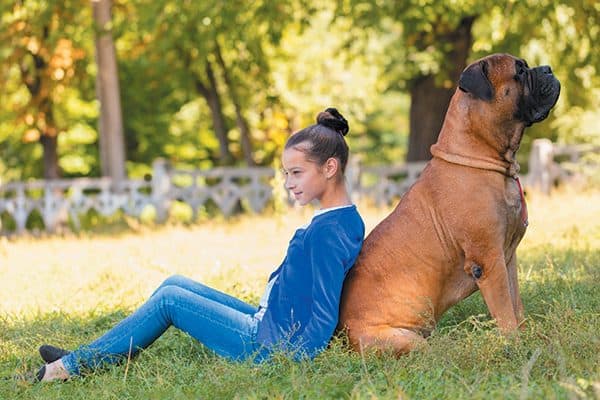
The Bullmastiff dog breed is extremely muscular and powerful.
The male is about 64-68 cm tall and weighs around 50-59 kilos.
And the female ranges 61-67cm in length and weighs about 40-45 kilos.
Bullmastiff Trainability

Are Bullmastiffs easy to train?
YES and No.
Bullmastiffs are strong dogs, mind you… they are stubborn and aggressive as well.
This breed has a drift towards independent thinking. As a result, early socialization and training are crucial for shaping its behavior.
The best part about Bullmastiff is that they’re natural guardians; they quickly detect and react towards a threat immediately.
For this, no specific training is necessary.
Bullmastiff Grooming
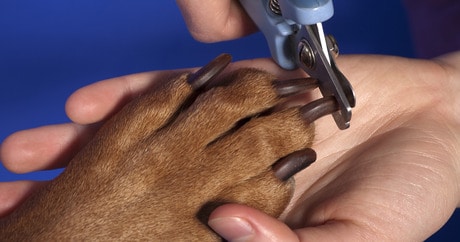
Bullmastiff needs a minimum amount of grooming to look tidy and neat.
You can shampoo or brush his coat occasionally or weekly basis, depending on how much this poodle is active outdoors.
It is essential to trim bullmastiff’s nails regularly, as long nails can cause discomfort.
It is also vital to ensure that bullmastiff has its teeth clean.
Bullmastiff Common Diseases
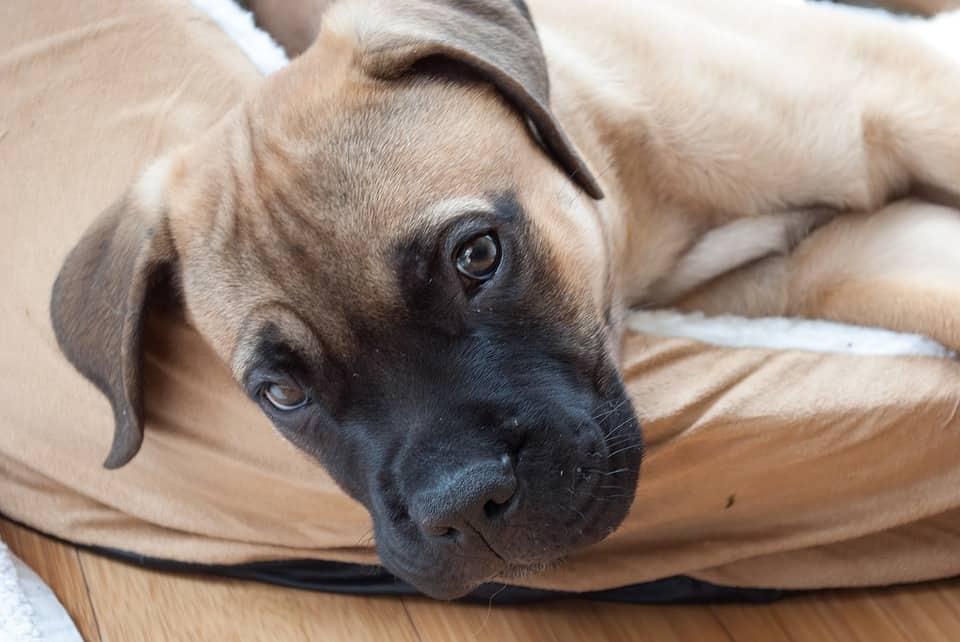
All dogs are prone to develop specific genetic health problems.
TARGETING THE BONES:
- Hip Dysplasia:
Hip dysplasia is a hereditable condition in dogs that cause an abnormal formation of the hip socket.
Some dogs exhibitpain or lameness at such times. It is a genetic trait that is affected by environmental factors. It is common in many dog breeds
- Elbow Dysplasia
Another hereditary condition which involves multiple growths of abnormalities of elbow-joint in the dog.
Elbow dysplasia is a common condition in dogs today.
TARGETING THE SKIN:
Bullmastiffs have tender skin and can be easily prone to common skin issues such as rashes, bruises, and inflammations.
TARGETING THE EYES:
- Entropion:
It is a medical condition in which the eyelid folds inward. It is very uncomfortable, as the eyelashes continuously penetrating against the cornea. This condition is usually caused by biogenetic factors.
TARGETING THE BODY:
- Gastric Dilation:
It is a medical condition in which the stomach becomes overstretched and rotated by excessive gas content.
The term “bloat,” referred to as Gastric dilation.
This condition can become fatal if immediate medical attention is not given to the dog.
Bullmastiff Feeding
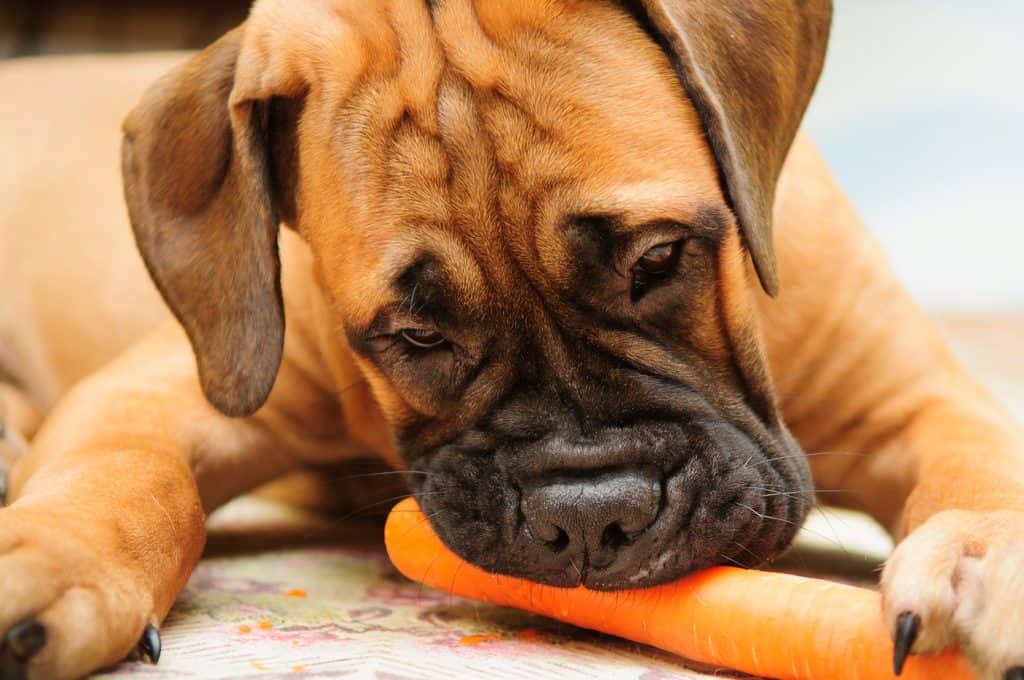
The Bullmastiff’s diet should include a raw diet or high-quality commercial dog food.
Fiber-rich nutrients are a fantastic option for Bullmastiff’s diet.
They prefer fruits such as apples, bananas, and strawberries. Be careful, though, feeding too many acidic fruits can be cause for diarrhea.
An easy way to prevent bloat is by feeding various small meals rather than a large one.
You can follow a strict homemade dog food diet to avoid any type of bullmastiff feeding problems.
Suggested: Senior Dog Food
Vaccination

These are the list of essential vaccines for your Bullmastiff
Distemper:
Distemper is a viral infection that affects several organs of a canine’s body, such as the brain, respiratory systems, intestines, and spinal cord.
Common symptoms include:
- Difficulty in breathing
- Slothfulness
- Loss of appetite
- Coughing
- Vomiting
- Diarrhea
- High fever
- Eye inflammation
Leptospirosis:
Leptospirosis is a dangerous infection that causes illness in dogs.
Initial symptoms include:
- Fever
- Lethargy,
- Lack of appetite
If not treated early, it can cause several life-threatening illnesses that can severely harm kidneys, liver, brains, lungs, and heart.
Hepatitis:
Hepatitis is a deadly virus is highly contagious in dogs; even a minor fever is a symptom taken into account. Deficiency of blood clot and reduction of white blood cells are significant issues caused. If untreated, this can be life-threatening.
Parainfluenza:
Parainfluenza is a respiratory virus. This can be one of the causes of kennel cough in dogs
Symptoms include:
- Dry cough
- Fever and high temperature
- A runny nose
- Sneezing
- Eye inflammation
- Depression, laziness, and loss of appetite
Parvo:
Parvo is transmitted through an infected dog’s hair or feet. This one of the many reasons for a dog’s death.
Dogs under 12 months of age are more prone to this virus.
Symptoms include:
- Depression
- Vomiting
- Fever
- Loss of appetite
- Bloody diarrhea
Coronavirus:
Coronavirus infection is a contagious infection of dogs that attacks the intestinal tract. The disease is spread from one dog to another dog through contact with feces.
6-8 weeks: Distemper, Leptospirosis, Hepatitis, Parainfluenza, Parvo, and Coronavirus (DHLPPC)
10-12 weeks: Second DHLPPC
14-16 weeks: Third DHLPPC and rabies
Annually: DHLPPC and rabies booster
Read: Beginner’s Guide To Dog Vaccination
Bullmastiff Monthly Expense Estimation
Monthly costs can bump anywhere from 55 to 100 bucks (USD) per month.
Behavior With

Kids:
Bullmastiffs love children, but this giant poodle can unconsciously hurt or scare a child. So supervision and cautiousness would be a suggestion.
Cats:
Canines, if trained and raised along with cats, can have a linear and friendly approach towards them, especially, a Bullmastiff as it prefers a calm and friendly environment.
However, it is impossible to resist the urge to chase cats.
Dogs:
Bullmastiff, like most other canines, from its childhood, requires constant exposure and connect with strangers, especially, other dogs of the same sex.
Else, They can get extremely aggressive and tend to cause some severe harm to other dogs and animals.
Overview

Originally developed in the 1800s, this is a crossbreed of 40% Bulldog and 60% Mastiff.
The Bullmastiff is the best guard one can ever have.
Calm, friendly, and loyal; they adore love and affection from their owners.
Essential training and socialization are vital for them to have a calm and dependable temperament.
These giants are easy to train and require minimum grooming.
Easily fit into apartments as they naturally prefer a calm atmosphere.
These lazy-bums are very less active outdoors.
They are well to do with children and are the most suitable family pets.
They are very aggressive when it comes to dealing with other animals/ dogs of the same sex.
Timely vaccination is needed to avoid any heritable diseases.
Something Fun About Bullmastiffs
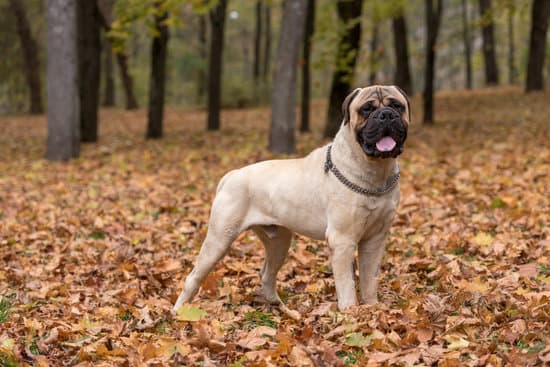
Rocky – Roloff family dog featured in an American reality tv series Little People Big World.
Swagger – the live mascot of the Cleveland Browns (A football team based in
Cleveland)
Butkus, the pet of actor Sylvester Stallone had featured in the movie Rocky.
Pete in Homeward Bound II: Lost in San Francisco is played by a Bullmastiff in the movie.
This was all about Bullmastiff.
Let us know about your thoughts in our comment section!
Stay with us to know more about dogs and dog breeds.
Happy Petting To You Guys!



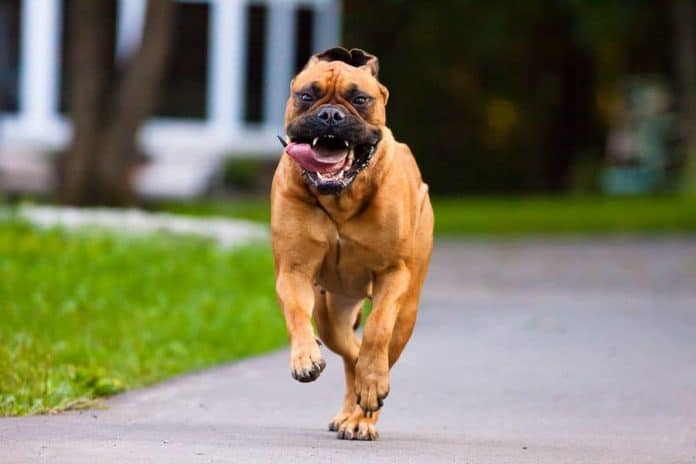










[…] 3. Bullmastiff […]
[…] Bullmastiff […]